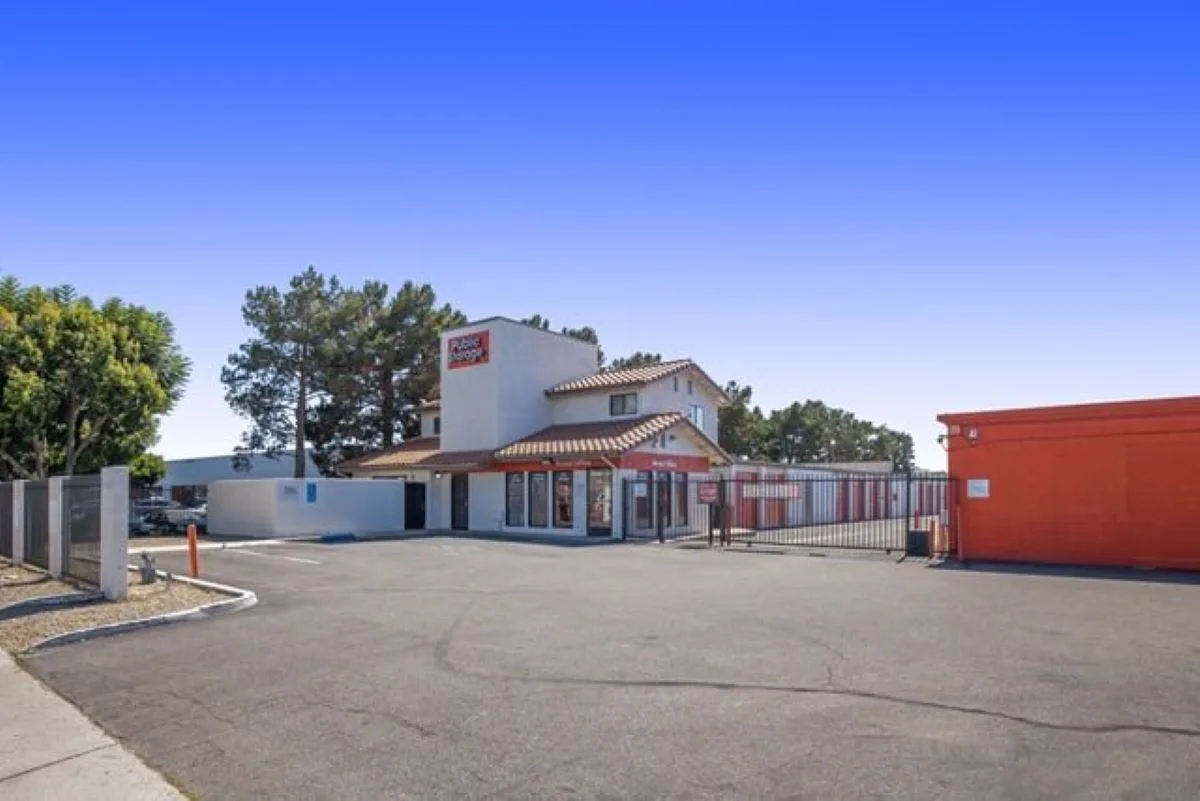Last night, OCFA firefighters quickly extinguished a fire at a storage complex called Public Storage at the 400 block of South Grand Avenue in Santa Ana — containing the flames to just three units.
The incident required extensive overhaul to ensure all hidden hotspots were fully extinguished.
Overhaul is the process of final extinguishment after the main body of the fire has been knocked down. All traces of fire must be extinguished at this time.
At least three of the storage units were damaged by the fire and several others were damaged by smoke or water.
The OCFA knows how valuable belongings are, in both monetary value and sentimental value, and as such they are proud to have protected so much by containing the fire quickly.
The cause of the fire is under investigation.
No injuries were reported.
Fires at self-storage units in the U.S. are relatively rare but can be serious when they occur. Here’s a summary of the key points:
Frequency of Fires at U.S. Storage Units:
- There are no exact national statistics specifically for self-storage unit fires.
- They fall under the broader category of non-residential structure fires, which totaled about 140,000 incidents in 2022.
- While not common, self-storage fires are becoming more visible due to their complexity and potential for large losses.
Common Causes:
- People illegally living in units, leading to unsafe electrical use or cooking.
- Improper storage of flammable materials like propane, fireworks, or lithium-ion batteries.
- Negligence, such as using open flames or faulty wiring.
- Arson or accidental ignition from smoking or tools like torches.
Recent Examples:
- Lebanon, OR: Over 50 units destroyed due to a torch accident.
- Arvada, CO: 70 units lost, roof collapse during a major fire.
- Texas: A CubeSmart fire required over 100 firefighters and burned for 12 hours.
Insurance and Risk Considerations:
- Fires are among the top non-weather-related insurance claims in the self-storage industry.
- Facilities with on-site apartments or poor maintenance are at higher risk.
- Risk mitigation includes regular inspections, clear tenant rules, and fire suppression systems.
